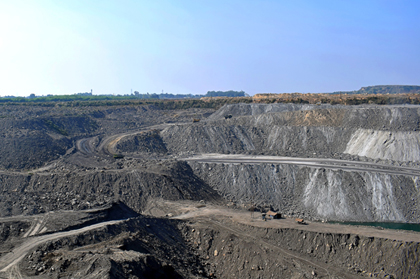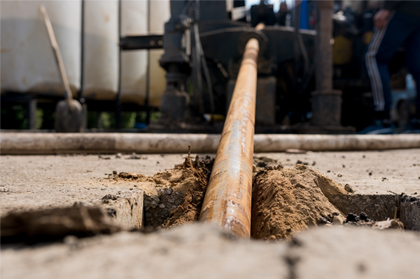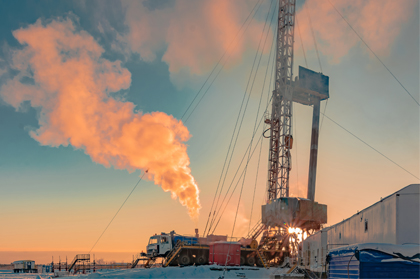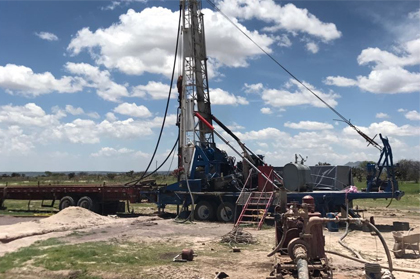
Oil Well Drilling and Siruite's Technological Advancements
Siruite, harnessing the power of cutting-edge drilling software, uses computational methods to optimize drilling parameters. This digital optimization takes into account various factors that can influence drilling speed, including the type of drill bit, bit pressure, rotation speed, mud properties, and hydraulic conditions. By applying the principle of minimizing costs, Siruite establishes a mathematical model, ensuring drilling tasks are executed efficiently, rapidly, and cost-effectively.
Objectives of Drilling
Drilling serves as a pivotal stage in the exploration and extraction of petroleum and natural gas resources. The primary goals of drilling in the context of petroleum geology are: To procure subsurface material data, such as cores, cuttings, liquids, gases, and other physical samples.
Techniques in Petroleum DrillingThe methodologies employed in drilling boreholes for oil and gas exploration encmpass:
- Well design, drill bit selection, mud choice, drilling tool combinations, drilling parameter coordination, deviation control, mud processing, coring, and strategies for both accident prevention and accident response.
- A hallmark of oil drilling technology is its capability to handle deep holes, withstand high pressures and temperatures, and navigate the myriad influencing factors.
Varieties of Petroleum Drill Bits
Depending on the geological conditions, geographical considerations, and engineering requirements in oil and gas exploration:
- Wells can be categorized into vertical wells and directional wells. Directional wells further bifurcate into general directional wells, horizontal wells, and cluster wells.
- Drill bits primarily fall into two categories: PDC (Polycrystalline Diamond Compact) bits and Tricone bits.
The PDC bit, a staple in the realm of petroleum drilling, is renowned for its efficiency and consistent performance. Siruite offers an array of petroleum drill bits, catering to diverse drilling needs and conditions.
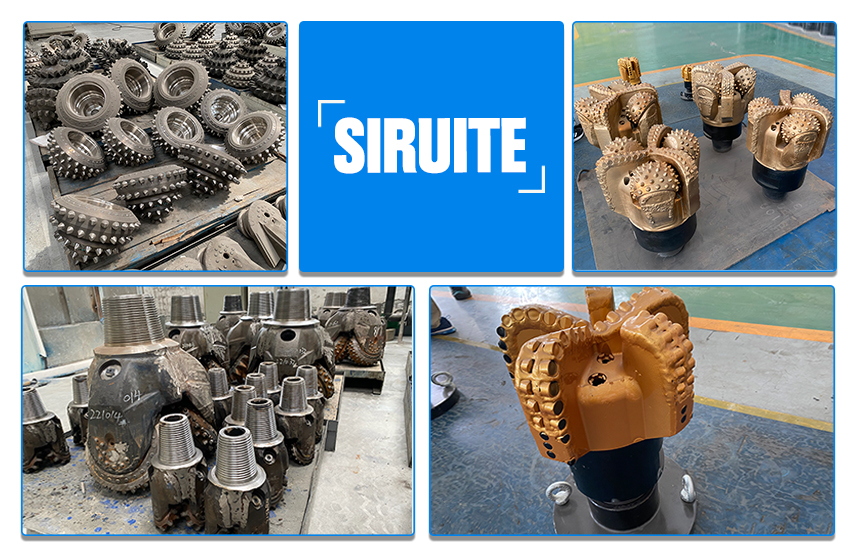
 URUMQI SIRUITE MECHANICAL EQUIPMENT CO., LTD
URUMQI SIRUITE MECHANICAL EQUIPMENT CO., LTD

